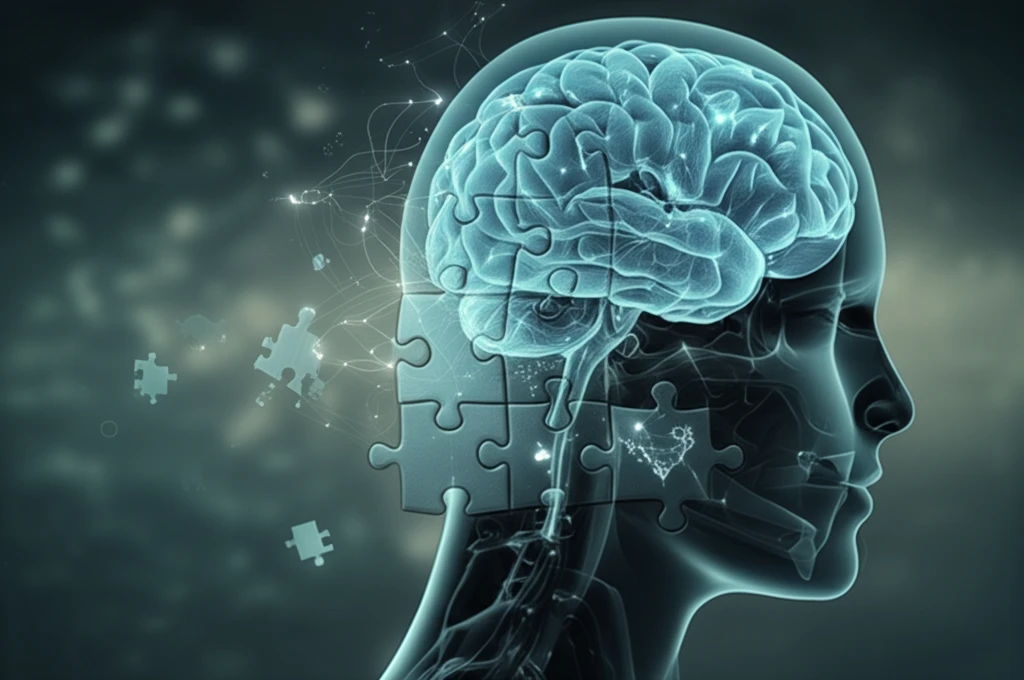
Unlocking the Puzzle: How Anxiety and Autism Intertwine
"Understanding the Overlap, Similarities, and Differences to Better Support Neurodivergent Individuals"
Anxiety and autism spectrum disorder (ASD) have long been recognized as co-occurring conditions. From the earliest descriptions of autism by Kanner and Asperger, anxiety symptoms were noted as significant features. Understanding how these two conditions interact is crucial for providing effective support and interventions.
The relationship between anxiety and ASD is complex. Is anxiety simply another symptom of ASD, or is it a distinct condition that individuals with ASD are more vulnerable to? This question has puzzled clinicians and researchers for decades, complicated by the fact that mental health issues are often overshadowed by the more prominent features of ASD.
This article delves into the intricate connection between anxiety and ASD, exploring their overlapping characteristics, unique presentations, and the challenges in diagnosis and treatment. By understanding these nuances, we can better support individuals navigating both conditions.
The Confounding Overlap: Untangling Shared Symptoms

One of the primary challenges in understanding anxiety in ASD is the significant overlap in symptoms. Several behaviors and characteristics common in ASD can mimic or mask anxiety, making accurate diagnosis difficult. Some of the key areas of overlap include:
- Compulsive and ritualistic behaviors are often associated with ASD, but they can also be indicative of obsessive-compulsive disorder (OCD), an anxiety disorder.
- Communication deficits can further complicate the picture. Individuals with ASD may struggle to express their feelings of anxiety, leading to misinterpretations or underreporting of their distress.
- Restricted and repetitive interests: Can also be a symptom, if anxiety gets in the way of doing it.
Moving Forward: A Call for Comprehensive Understanding and Tailored Support
The journey to understanding anxiety in ASD is ongoing, with much progress made and more still needed. By acknowledging the complexities, refining assessment methods, and embracing tailored interventions, we can empower individuals with ASD to navigate anxiety effectively and thrive. The key lies in recognizing that anxiety in ASD may present differently but is no less real or impactful and deserves the same level of attention and support.
